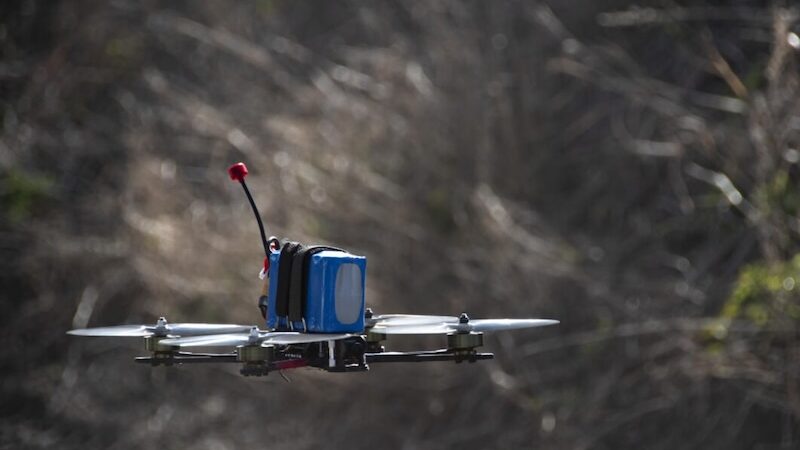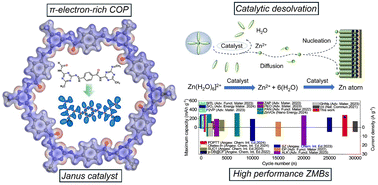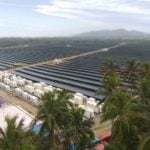Indenocarbazole‐Engineered Self‐Assembled Monolayers with Sterically Tuned π‐Stacking for High‐Efficiency p–i–n Perovskite Solar Cells
Advanced Energy Materials, EarlyView.

A novel π-conjugated SAM molecule, namely PAInCz, which combines the indeno[1,2-b]carbazole terminal with a flexible butyl linker, has proven to be particularly effective. It can promote strong ITO anchoring as well as favorable perovskite interfacial contact. The optimized inverted PSCs based on PAInCz have achieved a PCE of 25.51% and exhibit excellent operational stability.
Abstract
Terminal π-extension is crucial for fabricating highly ordered self-assembled monolayers (SAMs) that facilitate efficient hole transport in perovskite solar cells (PSCs). However, π-expanded conjugation may compromise SAM film quality and ultimately degrading interfacial properties in p–i–n PSCs. To resolve this trade-off, SAMs incorporating an indenocarbazole (InCz) terminal group are designed, which simultaneously addresses both molecular ordering and film formation challenges. The InCz-terminated PAInCz demonstrates optimal balance through: 1) strengthened π-interactions enabling dense, ordered molecular stacking, and 2) dimethyl steric hindrance enhancing film quality. Notably, while PAInCz exhibits superior performance-including enhanced perovskite interfacial contact, robust ITO substrate anchoring, and favorable energy alignment, its π-extended counterpart Ph-PAInCz (featuring both extended terminal and linker groups) showed diminished device performance. This contrast highlights the importance of controlled π-conjugation in SAM design. The optimized PAInCz-based inverted PSCs achieved a champion power conversion efficiency of 25.51% with exceptional operational stability, maintaining > 85% of initial PCE after 500 h of continuous light soaking (AM1.5G) and thermal stress testing (65 °C). These findings provide fundamental insights into how the π-extension terminal and linker of SAMs influence the performance of perovskite solar cells.
















































































































































